10 GitHub Actions resources to bookmark from the basics to CI/CD
Tips on how to get started using GitHub Actions and resources to learn more about making it work for you.
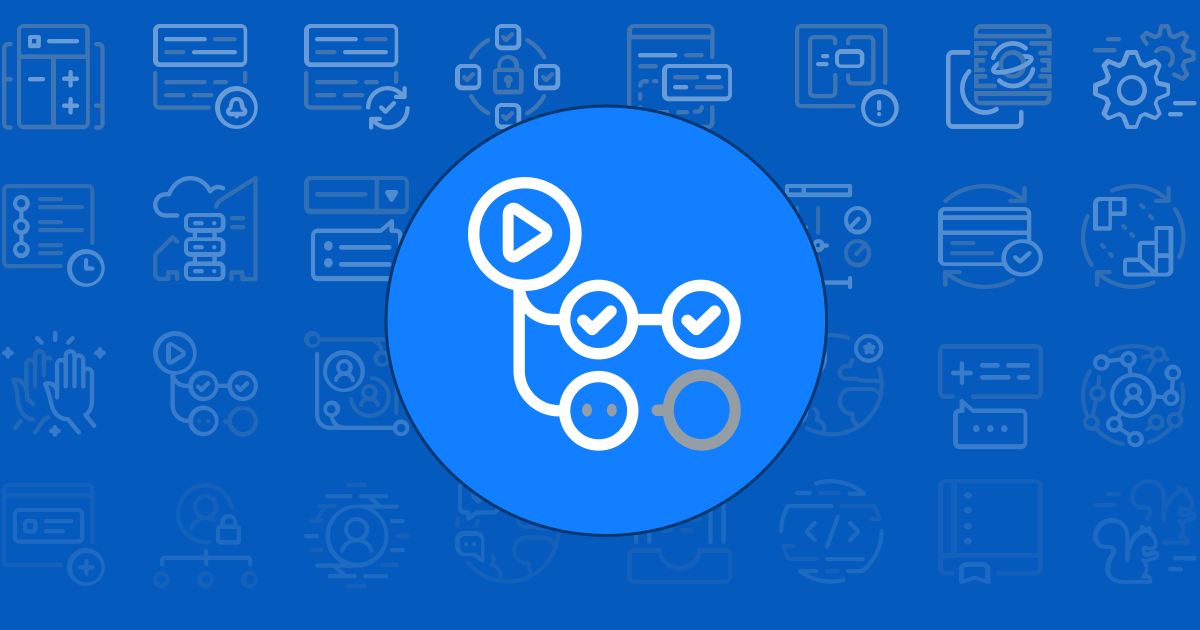
| TL;DR: Tips on how to get started using GitHub Actions and resources to learn more about making it work for you. |
From automating workflows to ordering pizza to building cloud pipelines, GitHub Actions can do a lot. Introduced in 2018, GitHub Actions offers powerful workflow automation and CI/CD functionality that’s platform-native and accessible right from your repository on GitHub.
Plus, it’s available to GitHub Free accounts with 2,000 minutes of workflow computing time per month. (If you’re wondering, that could be up to 100,000 automated pizza deliveries a month—most delivery APIs allow for 20 requests a second.)
But you have to get started first. Try the following steps to learn how automation on GitHub works and how it can simplify your workflows.
How to use GitHub Actions: The basics
Try these resources to get started using GitHub Actions—you’ll be one step closer to building your own CI/CD pipeline (or, randomly rick-rolling your collaborators).
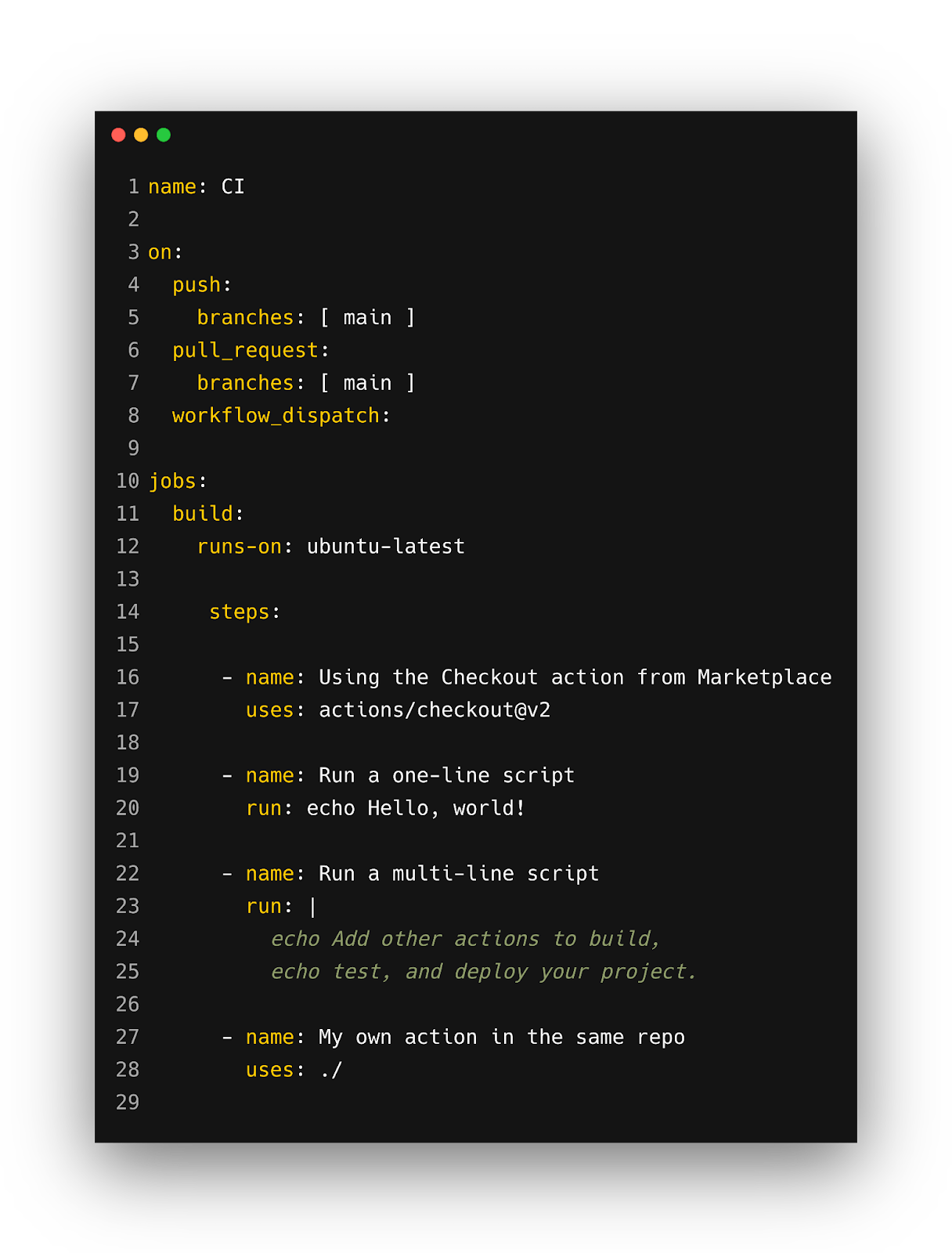
Take a GitHub Actions Tutorial on the GitHub Learning Lab
We offer on-platform training and a full tutorial around how to use GitHub Actions directly in the Learning Lab. This fun and simple tutorial contains all the basics discussed in this article—and shows you how to start automating parts of your workflow.
Get a GitHub Actions Tutorial from GitHub >
Set up your repository to work in a workflow
Checkout is one of the most fundamental GitHub Actions in the GitHub Marketplace, and that’s for a simple reason: It makes your repository accessible via YAML workflows. Checkout can also be used to download a repository to your local machine, fetch all history for multiple private repositories, orchestrate pull requests on a closed event, and more. It’s a great automation to start using, and an excellent first step into the world of using GitHub Actions for CI/CD.
Start Using the Checkout Action >
Explore the GitHub Marketplace to find GitHub Actions examples
The GitHub Marketplace offers more than 10,000 pre-built actions from GitHub and the community that are proven and tested. With categories ranging from API management to utilities, project management, and CI/CD, there are plenty of great GitHub Actions to help simplify your workflow—or, use as examples to start creating your own.
Go to the GitHub Marketplace >
Creating custom automations with GitHub Actions
Once you’ve explored some of the fundamentals of GitHub Actions, try building your own workflows with templates, testing your actions, and monitoring your workflows with the visualization graph.
Try building your own workflows with GitHub Actions templates
Creating your own custom actions means you can create workflows unique to how you work—and what you’re working on (and with). We have a number of templates to help you get started creating your own actions and resources to help understand everything you can do, too.
Get GitHub Actions Templates >
Learn how to test GitHub Actions you build
Like anything code-related, sometimes actions won’t work due to an environmental error, typo, or errant command. There are actions in the GitHub Marketplace you can use to test your actions (like this one). You’ll also want to learn how to use the Live Logs GitHub Actions produces.

Use the visualization tool to monitor your workflows
You can access real-time workflow visualization graphics right from your repository to track workflow progress, monitor dependencies, and troubleshoot issues as they come up. To do this, you’ll need to have an action set up in your repository. From there, go to the Actions tab in your repository, select the workflow you want to monitor, and then pick which run you want to see.
Learn how to use GitHub’s workflow visualization tool >
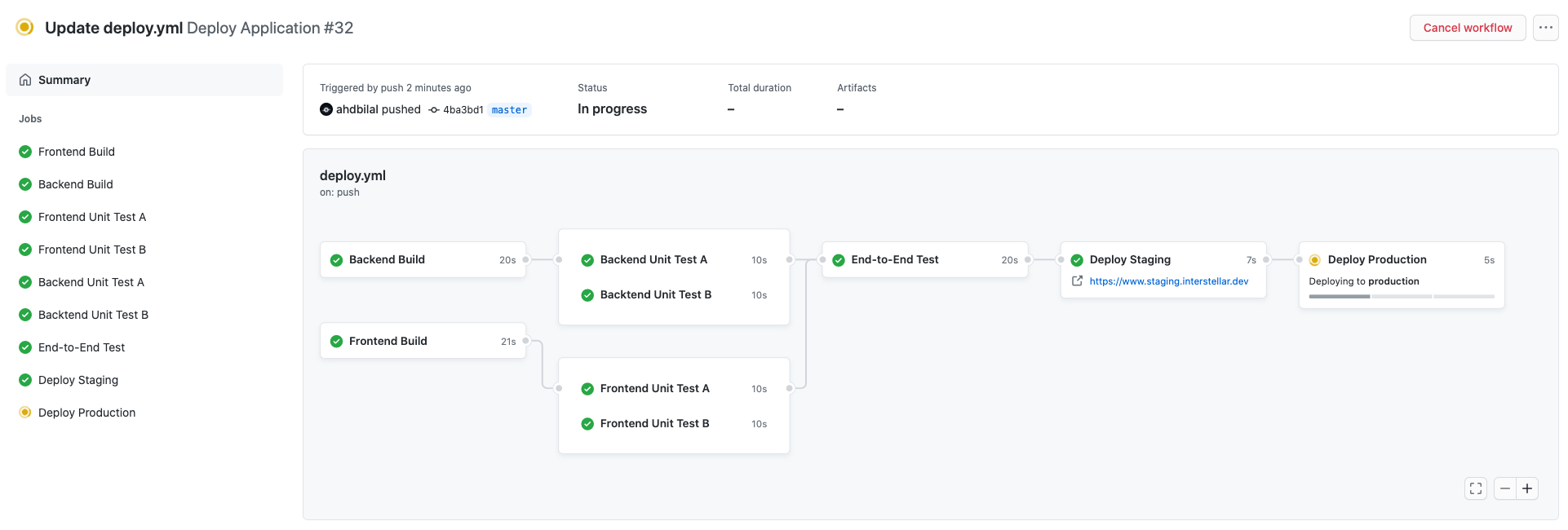
Using GitHub Actions for CI/CD, Docker management, and multi-system testing
GitHub Actions brings platform-native CI/CD functionality right to your repository—and, container management services, multi-system testing, and tool integrations.
Use CI actions in GitHub
Incorporating CI tools and processes in the development workflow can lead to faster development cycles and more efficient testing approaches—among other things. GitHub Actions brings native support for CI to GitHub and integrations with other CI tools and platforms, too.
Learn how to use CI actions in GitHub >
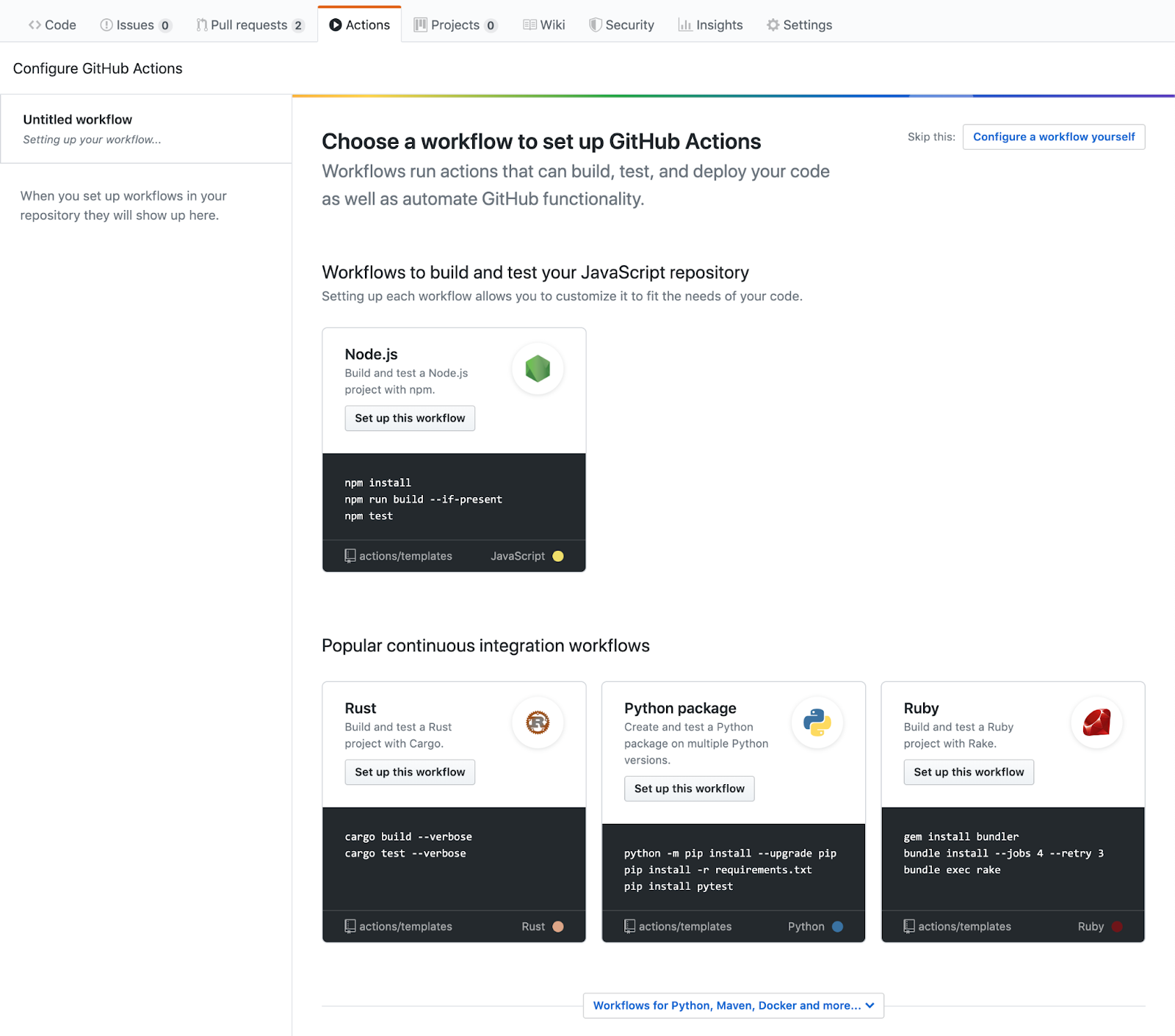
Integrate your tools directly into your repository
One of the best ways to use GitHub Actions to improve your workflows is by integrating third-party tools into your repository. Whether you choose to set up automated Slack messages to reviewers or create automated Jira issues based on activity in your repo, there are plenty of pre-built actions in the Marketplace that you can use—or, you can build your own GitHub Actions to trigger off any webhook and connect with your preferred tools.
Connect your tools to your repository >
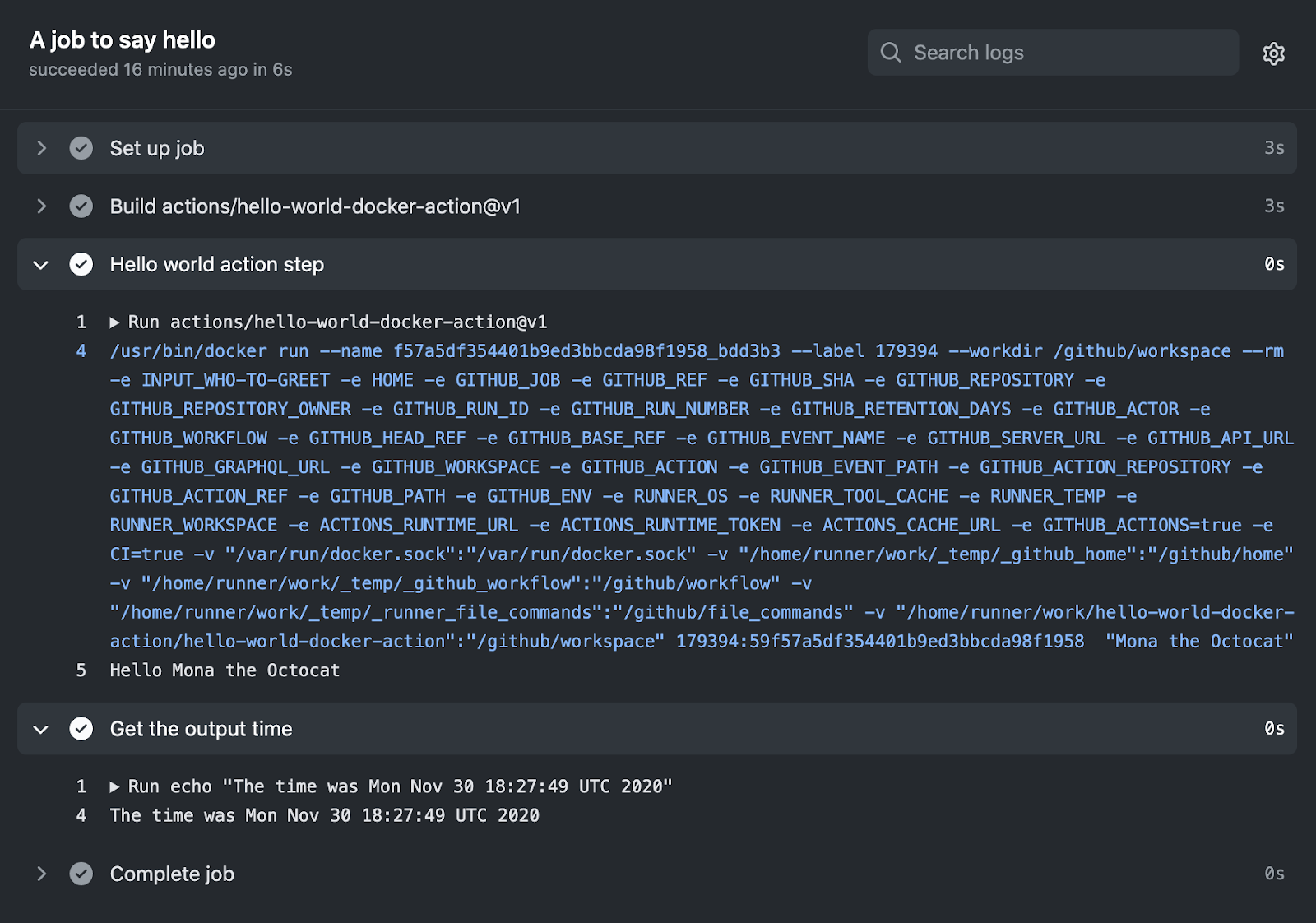
Try using GitHub Actions with Docker
GitHub Actions has native support for Docker, opening up hundreds of possibilities in terms of automating application development processes and container management services with tools such as Kubernetes and Jenkins. Play around with GitHub’s Docker integration and explore some of the more than 300 Docker Actions in the GitHub Marketplace.
Learn how to create a Docker container action >
Run multi-system tests with a build matrix
GitHub Actions supports running multiple tests across different operating systems, coding languages, and platforms—all at the same time. This makes it simple to run parallel tests on builds and merges before you deploy them.
Learn how to use a build matrix in GitHub Actions >
Additional resources
- A curated list of GitHub Actions from community member @sdras
- 4 things you didn’t know you could do with GitHub Actions
- GitHub Actions for security and compliance
Tags:
Written by
Related posts

How to review code effectively: A GitHub staff engineer’s philosophy
GitHub Staff Engineer Sarah Vessels discusses her philosophy of code review, what separates good code review from bad, her strategy for finding and reviewing code, and how to get the most from reviews of her own code.

Beginner’s guide to GitHub: Uploading files and folders to GitHub
The next step in our GitHub for Beginners series is learning how to add files and folders to your GitHub repository.

Beginner’s guide to GitHub repositories: How to create your first repo
Git started on your first repository in the third installment of GitHub for Beginners. Discover the essential features and settings to manage your projects effectively.